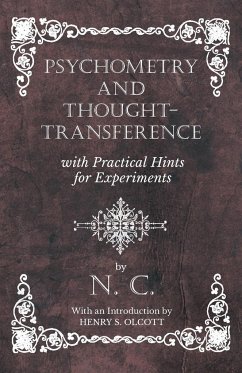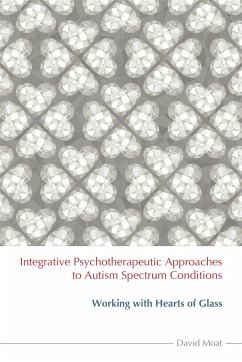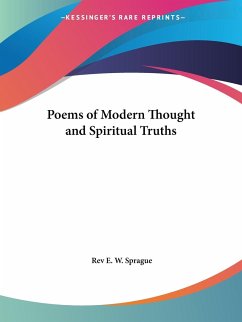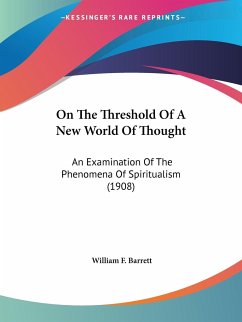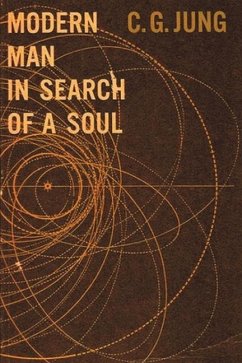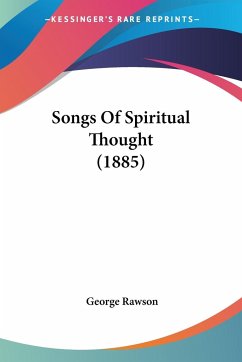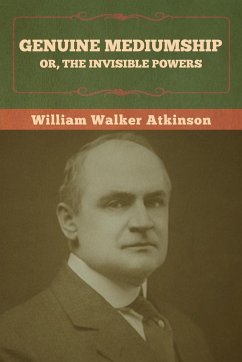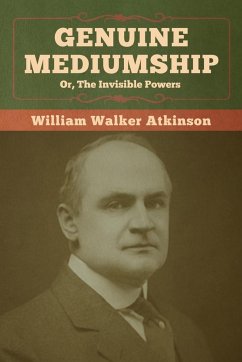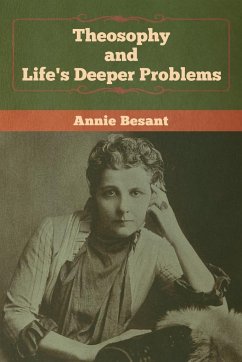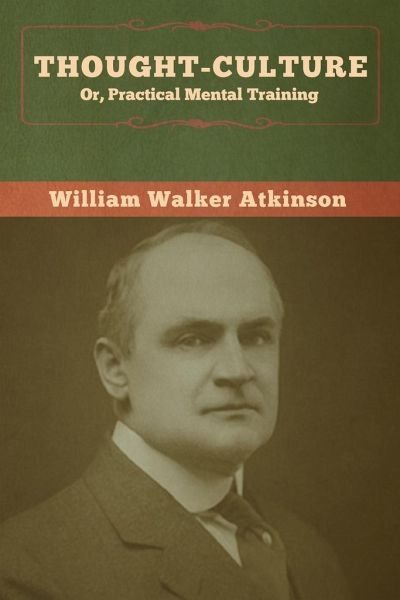
Thought-Culture; Or, Practical Mental Training
Versandkostenfrei!
Versandfertig in 1-2 Wochen
14,99 €
inkl. MwSt.
Weitere Ausgaben:

PAYBACK Punkte
7 °P sammeln!
Lawyer William Walker Atkinson was an important early exponent of New Thought metaphysics and the occult, and, under the name of Swami Ramacharaka, he was a pioneer advocate of Hinduism and yoga. Atkinson was born December 5, 1862, in Baltimore, Maryland, and began his legal career after he was admitted to the Pennsylvania bar in 1894. His promising future, however, began to dissolve as he found himself unable to cope with the pressures of the job. Doctors were unable to heal him, but in his search for health, he discovered the mind cure movement and was soon healed. He moved to Chicago around...
Lawyer William Walker Atkinson was an important early exponent of New Thought metaphysics and the occult, and, under the name of Swami Ramacharaka, he was a pioneer advocate of Hinduism and yoga. Atkinson was born December 5, 1862, in Baltimore, Maryland, and began his legal career after he was admitted to the Pennsylvania bar in 1894. His promising future, however, began to dissolve as he found himself unable to cope with the pressures of the job. Doctors were unable to heal him, but in his search for health, he discovered the mind cure movement and was soon healed. He moved to Chicago around the turn of the century and there continued his law practice but developed a second career as a metaphysical teacher and writer. His first pamphlet, "The Secret of the I AM," was freely distributed for many years. In 1900 he became the editor of Suggestion, a New Thought periodical, and about the same time met publisher and entrepreneur Sydney Flowers. Flowers had created the Psychic Research Company and the New Thought Publishing Company. In 1901 Atkinson became editor of Flowers's monthly New Thought magazine. He founded a Psychic Club and the Atkinson School of Mental Science, both of which he headquartered in the same building as Flowers's organizations. Soon after moving to Chicago, Atkinson became deeply involved in Hinduism and saw in yogic philosophy a parallel to his New Thought teachings. In 1903, under the pseudonym Swami Ramacharaka, Atkinson issued his first Hindu text, Fourteen Lessons in Yoga Philosophy and Oriental Occultism. It was followed by the Advanced Course in Yogi Philosophy (1904), Hindu Yogi Science of Breath (1904), Hatha Yoga (1905), Reincarnation and the Law of Karma (1908), and eight more. As popular as the New Thought books were, those books Atkinson wrote as Swami Ramacharaka have proved more enduring. They have remained in print to the present and have become important texts introducing Westerners to Hindu thought and practice. Atkinson remained active as a writer and editor into the 1920s. He wrote regularly for The Nautilus, Elizabeth Towne's monthly, and issued one set of books he cowrote with Edward E. Beals in the early 1920s. In his later years he retired to California; he died in Los Angeles on November 22, 1932. (encyclopedia.com)






